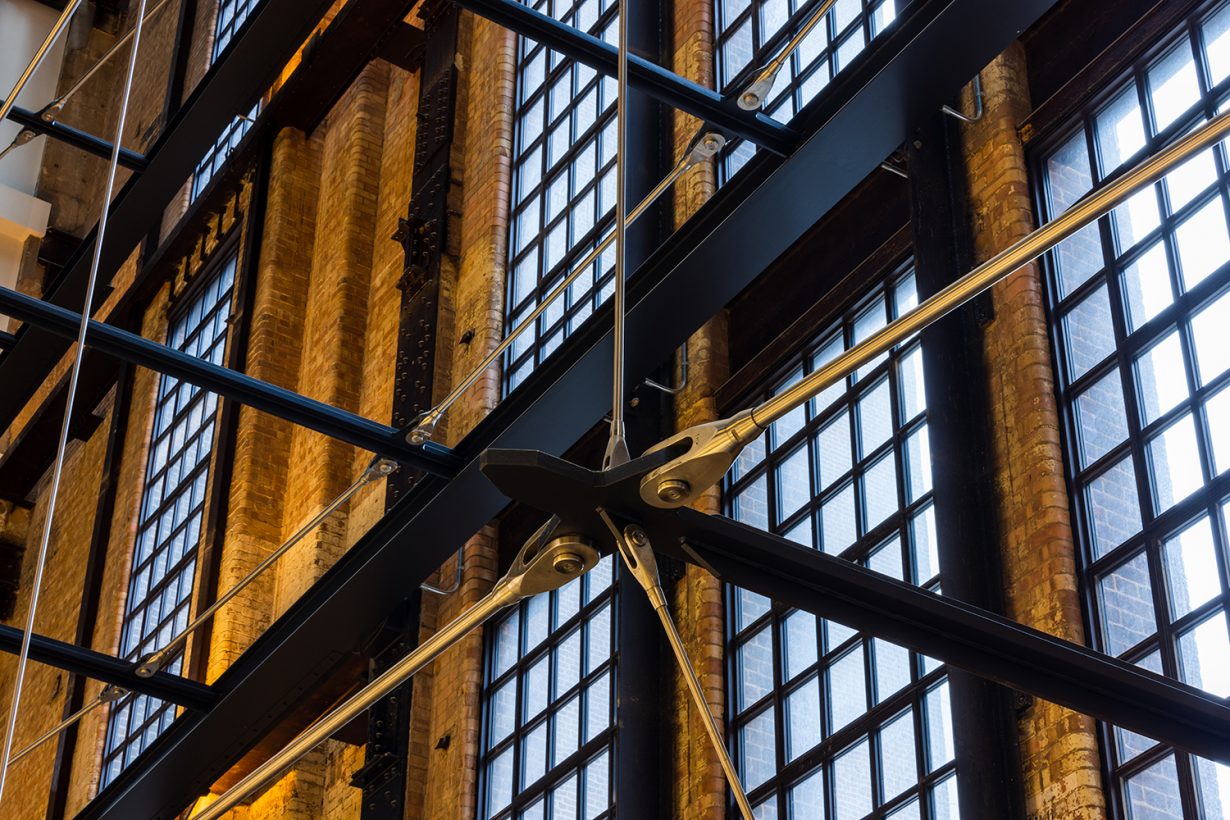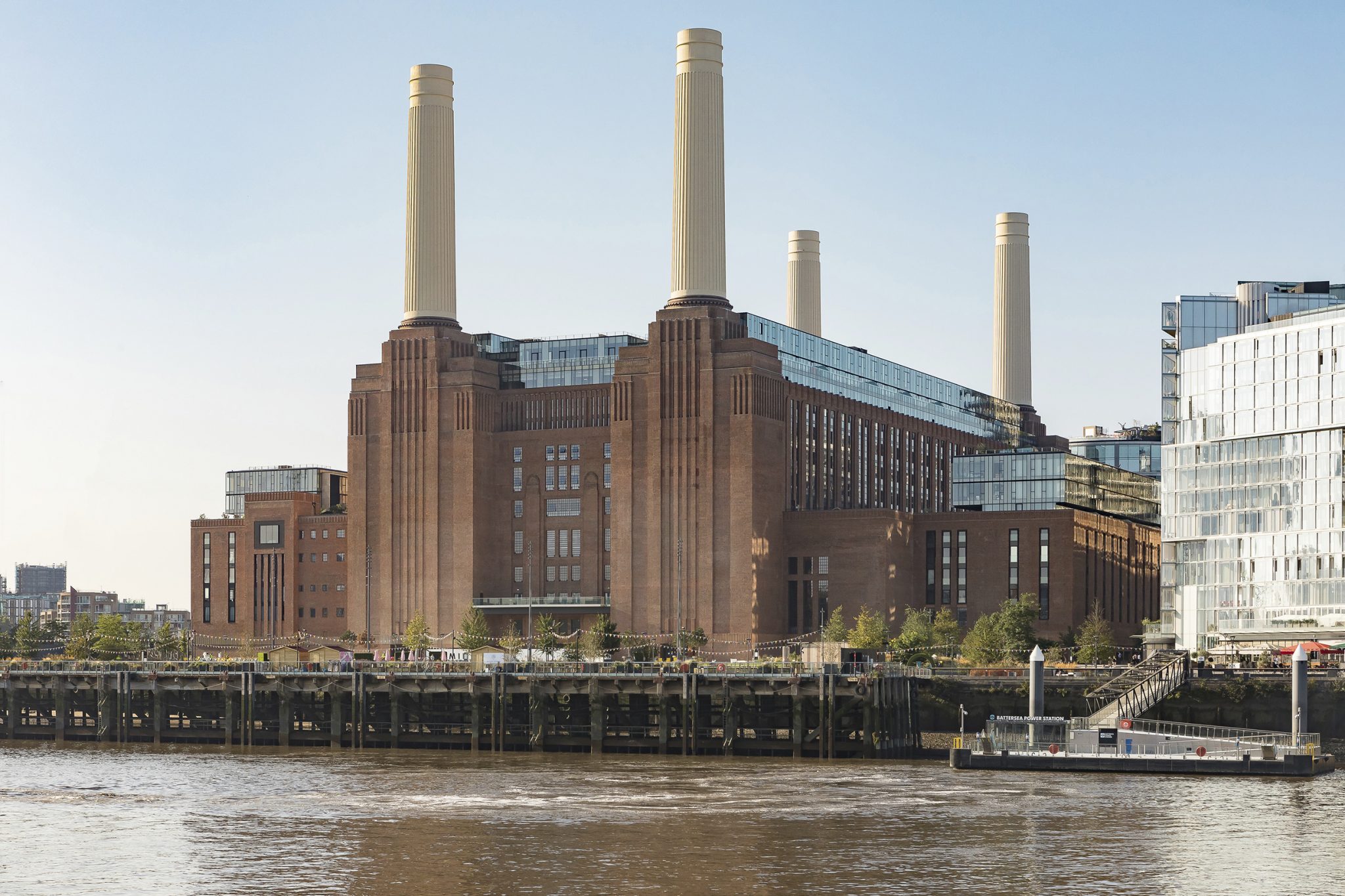Influential sectors of the architectural profession now see themselves as custodians of the built environment rather than agents working within it
Architecture, proper architecture, rather than interior design, is unfashionable. In an essay (to be published later this year), the Stirling Prize-winning architect William Mann explores the untimeliness of architecture: how buildings planned in one economic cycle or cultural context are very often delivered in another. ‘Buildings […] carry the hopes and anxieties not of now, but of the time of their conception, often several years past; they might bear on foundations decades or centuries old, and sit within street layouts measureable in millennia,’ he writes. Quoting from Entretiens, published in 1863, by the French architect Eugène Viollet-le-Duc, he writes: ‘the architect […] begins what others will finish, or finishes what others have begun’.
For architecture to be considered great, it must both address a contemporary need and tap into deeper cultural rhythms. No better example of the profound, almost existential, ungrooviness of architecture was the recent completion of the Battersea Power Station conversion, more than four decades after it closed its doors. In the years since 1989, when the building’s roof was removed in a failed attempt to turn it into a giant theme park, it has been a ridiculous presence on the south bank of the Thames, its 100-metre high brick walls propped up with steel bracing. SAVE Heritage proposed that the listed husk should host a concert arena, in the face of concerted pressure from developers that it should be knocked down.
The building as it stands today is the victorious culmination of a half century of the heritage industry in Britain: a sector which emerged in the 1970s in response to the demolition of the ageing Victorian urban fabric. On one level the refurbishment is a reductio ad absurdum of the movement. Take the European headquarters of Apple, a tech company which has commodified, for a mass audience, German modernist design within an inch of existence, add a bunch of retailers all aiming for the Abercrombie and Fitch crowd and a soupcon of million-pound apartments, then cram them into a listed building. The whole development of the area around the station – effectively the urban centre of an upmarket London borough – cost £9 billion (£48 million alone to replace the power station’s famous chimneys.)
And yet Battersea is a masterpiece of heritage architecture. One of the greatest architectural moments in London is the interior view of the south atrium wall: a 50-metre high course of single brick which is supported from the interior by an incredibly sophisticated bow-string array of cables and lightweight steel beams. It is a spectacle of renovation, pointedly showing how little of the building’s structure remains and creating an interplay of two dominant strains of British architecture: high tech meets heritage.
The sheer heft of Battersea – it is apparently the largest brick building in Europe – makes the slow transitions of architecture suddenly concrete (although not literally concrete in this case). Influential sectors of the architectural profession now see themselves as custodians of the built environment rather than agents working within it. Its trade press is campaigning not for more houses to be built, as other groups are, but for the retention of buildings (particularly and bizarrely the mundane Marks and Spencers building on Oxford Street). This is thanks to a pretty narrow interpretation of environmental benefits, based on the doomiest of apocalyptic scenarios. Campaigners began 2023 with a widely derided ruse to create a new grade III listing so that historic buildings can’t be demolished. It is a suggestion which would give every single planning authority the justification they needed to stop any given development. Architecture schools, meanwhile, are teaching their wards to become activists on behalf of buildings rather than creatives working at the service of clients or god forbid, ‘people’.

Painfully unaware of the real lessons of Battersea, a whole section of the architecture crowd in the UK sees the past as a bulwark against the excesses of capitalism. In the UK, we are just coming to terms with the idea that NEOM – a proposal for a strip of city across the Saudi Arabian desert – may actually be a real idea. We are now looking on and tut-tutting at a nation having the temerity to develop while paying its workers not very much; oblivious to the fact that these were the conditions which created the very historical buildings that are so loved in this country.
When that other activist Prince Charles was made Charles III last year, it was clear that the division in contemporary architecture was no longer between trads and moderns but between different hues of trad. Blithely unaware of what Charles’ chicanery had done to the standing of their profession in the past and how he dislikes architects of all stripes, a new breed of commentators tried to curry favour with him by badmouthing their modernist antecedents. We live in an age where the turbines of our economy and our culture must chug away behind a veil of restored brickwork.
The debate within architecture shifted in 2022, and will continue in 2023, on to how we adapt buildings: whether they must be utterly true to the original vision of its architect or whether adaptation to changing needs is allowed. Preemptive critics of John McAslan’s work on the Burrell Collection (the 1983 building designed predominantly by Barry Gasson) were made to look pretty stupid when the renovated building, revealed last year, turned out to be even more wonderful than the original, allowing more of the collection to be displayed in more of the delicious, but previously underused building. Those who worried for Leighton House, one of London’s secret treasures, were also assuaged. Renovated by BDP, who began life in the 1960s designing provincial shopping malls and bus stations, the Victorian artist’s house is even better than it was before. With a refurbishment of the National Portrait Gallery by Jamie Fobert due to open in June and tedious wrangles about the National Gallery entrance set to rumble on, expect more of the same in 2023. This is the era of renovation.
‘The words of a dead man / Are modified in the guts of the living’ Auden once said of Yeats. While the profession of architecture in Britain today is entranced with how we build cultural assets or new offices in historic city centres, what of the other kind of architecture, which responds to urgent pressing needs? Out in the suburbs and provincial cities, another generation grows to maturity unable to afford their own homes – in the UK, a third of 20-34 year olds now live with their parents. Le Corbusier’s famous saying, ‘architecture or revolution’, may be modifying in the guts of a cohort to come.
